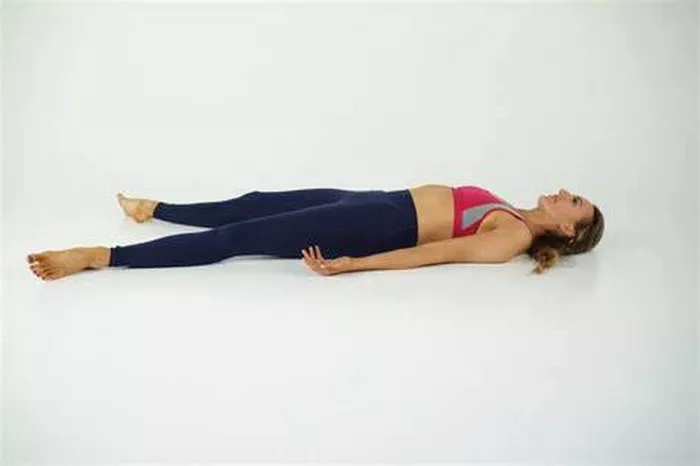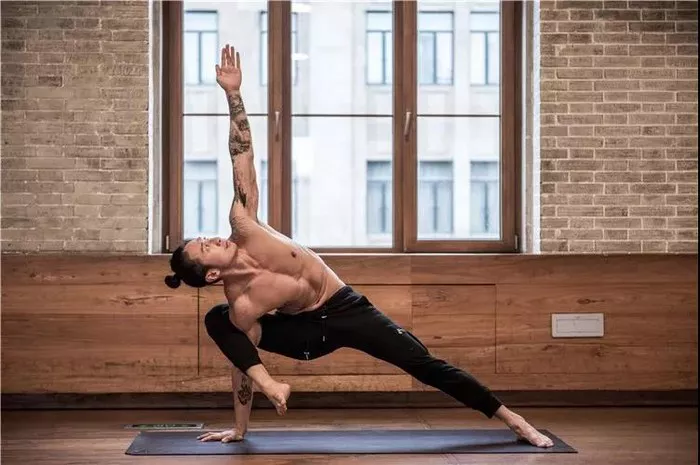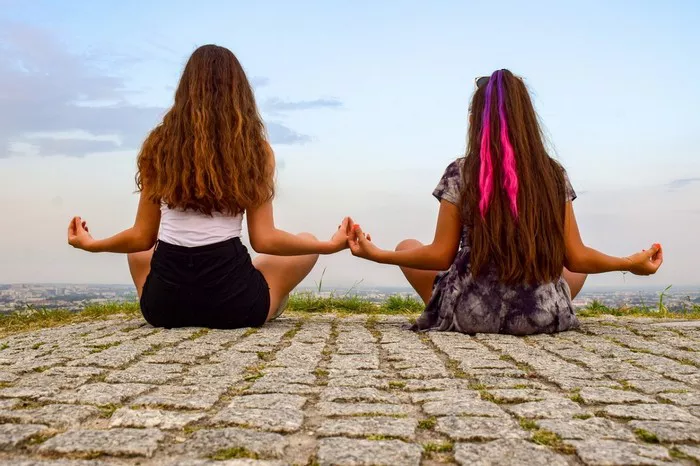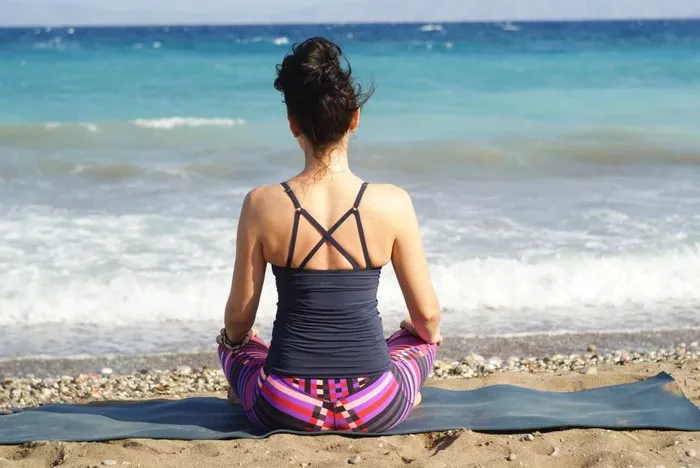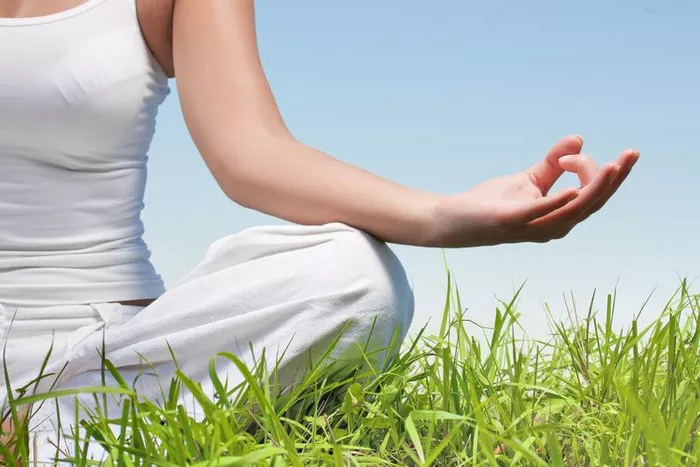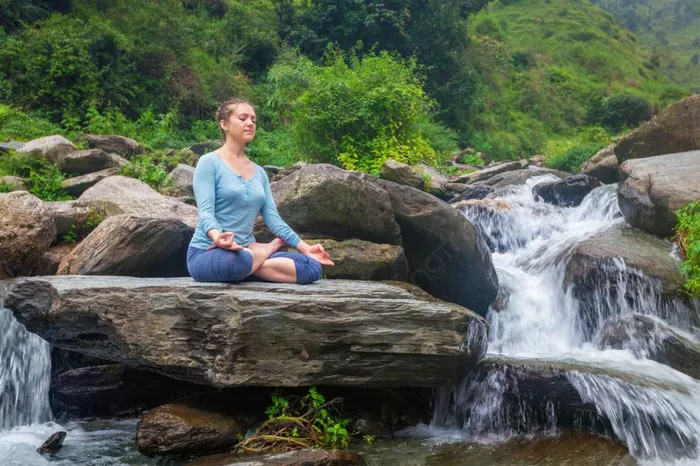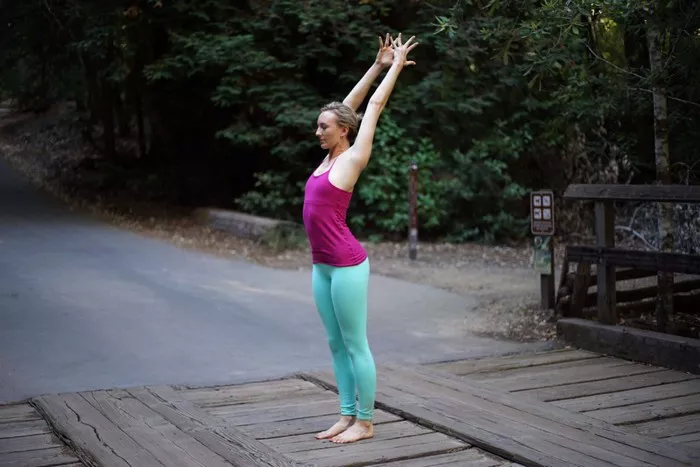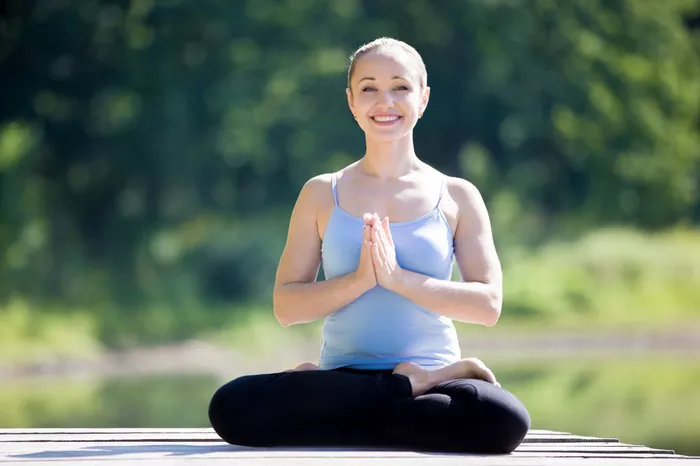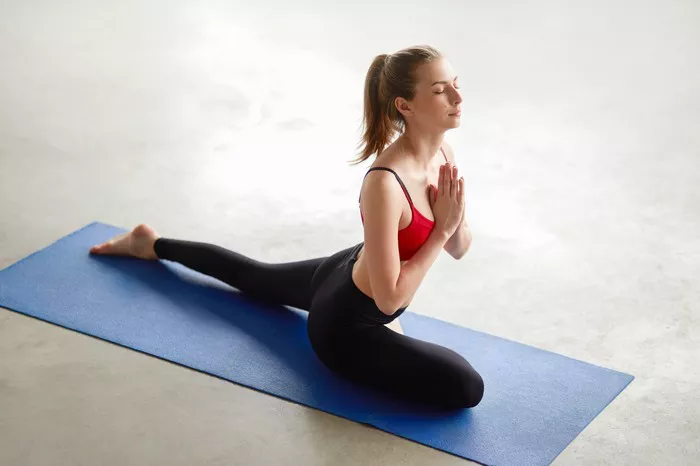Iyengar Yoga is a style of yoga that emphasizes precision, alignment, and the use of props to assist students in achieving proper postures. Developed by B.K.S. Iyengar, this form of yoga is known for its therapeutic benefits and its meticulous approach to each posture. It is widely practiced by people of all ages and physical conditions, from beginners to advanced practitioners. But one question that many students often ask is: How long does it take to learn Iyengar yoga?
In this article, we will explore the factors that influence how long it takes to learn Iyengar yoga, what to expect during the learning process, and how you can approach it with patience and dedication.
1. The Path to Mastery: A Lifelong Journey
Before we delve into the specifics, it’s important to understand that learning Iyengar yoga is not a race. Unlike some physical activities where you may expect to see noticeable progress in a short time, yoga is a practice of self-awareness and cultivation of both mind and body. Mastery of Iyengar yoga, like any yoga discipline, can be a lifelong journey.
In this sense, there is no fixed timeframe for “learning” Iyengar yoga in its entirety. It’s not about reaching an endpoint but about continual learning, growth, and deepening your practice. That being said, there are general milestones that can help you assess your progress.
2. The Basics of Iyengar Yoga
To understand how long it may take to learn Iyengar yoga, it is useful to first familiarize yourself with the foundational principles of this style. Iyengar yoga is known for its:
- Precision and Alignment: Each posture is taught with an emphasis on alignment, which ensures the poses are done safely and effectively. Correct alignment can prevent injuries and optimize the benefits of each posture.
- Props: One of the hallmark features of Iyengar yoga is the use of props such as blocks, straps, blankets, and chairs. These tools help students achieve proper alignment and make poses accessible to all levels of practitioners.
- Sequencing and Timing: Iyengar classes often follow a specific sequence of postures that build upon each other. The timing of each pose is also important; students may hold a pose for several breaths to deepen the stretch and enhance stability.
- Therapeutic Focus: Iyengar yoga is renowned for its therapeutic applications. The precise alignment and use of props allow individuals to practice safely, which is particularly beneficial for those with chronic pain, injuries, or other physical conditions.
3. Factors That Influence the Learning Process
The time it takes to learn Iyengar yoga will vary depending on several key factors. Some students may progress quickly, while others may take longer, depending on their circumstances. Here are some important factors that can influence your learning journey:
Frequency of Practice
The more consistently you practice Iyengar yoga, the faster you are likely to learn. Beginners are often advised to practice 2-3 times per week, but this can increase as your experience and strength grow. Regular practice is crucial for developing muscle memory, improving flexibility, and deepening your understanding of the poses.
For most beginners, attending one class per week in the beginning is a good starting point. Once you have become more comfortable with the basic poses and alignment techniques, you may choose to attend more classes or engage in home practice.
Experience Level
Your previous experience with yoga can significantly impact how long it takes to learn Iyengar yoga. If you are new to yoga, it may take a little longer for you to understand the fundamental principles and develop the physical strength required for the poses. On the other hand, if you have been practicing a different style of yoga, you may find it easier to transition into Iyengar yoga because of your existing body awareness and flexibility.
However, even experienced yoga practitioners should expect to spend time learning the specifics of Iyengar’s approach, including the proper use of props and alignment. Each style of yoga has its unique nuances, and it can take time to fully adapt to a new system.
Physical Condition
Your physical fitness level plays a significant role in how long it will take to learn Iyengar yoga. Individuals who are already physically fit may find it easier to achieve the flexibility and strength needed for the postures. Conversely, people with limited flexibility or who are recovering from an injury may need more time to build strength, flexibility, and confidence in their practice.
Fortunately, Iyengar yoga’s use of props can make poses accessible to individuals at varying levels of fitness and ability. Props help support the body and provide extra stability, allowing people to gradually work toward more advanced poses over time.
Quality of Instruction
The quality of your Iyengar yoga instructor and the class environment can also impact how quickly you learn. A qualified and experienced Iyengar instructor will provide clear guidance, help you understand the intricacies of each pose, and correct any misalignments in your practice. They will also create a safe environment for you to explore the practice and learn at your own pace.
It’s crucial to find a teacher who emphasizes the importance of alignment, offers personalized feedback, and fosters a sense of self-compassion. As the Iyengar tradition emphasizes, yoga is about cultivating awareness rather than achieving physical perfection.
Your Attitude and Approach to Yoga
Your mindset and attitude will also influence your progress. Yoga requires patience, self-awareness, and a willingness to learn. Iyengar yoga is highly detailed, and it may take time to master the subtleties of each posture. Some students may become frustrated if they don’t see immediate results, but it’s important to remember that yoga is a practice, not a performance.
Approach your practice with humility and curiosity. Celebrate the small victories—whether it’s mastering a challenging pose or simply becoming more attuned to your breath. With time and dedication, you will begin to notice the progress you’ve made.
4. How Long Will It Take to Learn the Basics?
While becoming an expert in Iyengar yoga takes time, you can expect to learn the basics in a few months of consistent practice. Here is an overview of the timeline for beginners:
First 1-3 Months: Building the Foundation
During your first few months of Iyengar yoga, you will focus on building strength, flexibility, and learning the foundational poses (asanas). The goal is to become familiar with the practice and develop good habits related to alignment and posture. Most beginners will start with foundational poses like Tadasana (Mountain Pose), Adho Mukha Svanasana (Downward-Facing Dog), and Utkatasana (Chair Pose).
In these early stages, it’s normal to feel challenged as your body adjusts to the demands of yoga. You may also begin using props to assist in achieving proper alignment and support.
3-6 Months: Increasing Stability and Precision
After a few months of consistent practice, you may notice improvements in your physical strength, flexibility, and posture. You will likely begin to explore more complex poses and sequences. Alignment will become more intuitive, and you will deepen your understanding of the use of props in supporting your practice.
By this stage, many students start developing their own home practice routine and may feel more confident in their practice. The focus during this phase is on refining the precision of each pose and deepening your breath awareness.
6-12 Months: Developing Confidence and Mastery
By the six-month mark, many students feel a sense of comfort and confidence in their practice. You will have mastered the basics and begun to tackle more challenging poses. The practice is becoming more fluid and integrated into your daily life.
In Iyengar yoga, the ability to refine your practice and deepen your awareness of alignment, strength, and flexibility will continue for years. After one year, most students can expect to have gained a strong understanding of the principles of Iyengar yoga, though it remains a continuous learning process.
5. How Long Does It Take to Achieve Advanced Poses?
Achieving advanced poses in Iyengar yoga can take several years of dedicated practice. Advanced postures such as inversions (headstands, shoulder stands) or backbends (Wheel Pose, Cobra Pose) require not only strength and flexibility but also an in-depth understanding of alignment and precision.
It is important to recognize that advanced poses are not the ultimate goal of yoga. They are simply a natural extension of the deeper internal work that yoga entails. Practitioners who pursue advanced poses must ensure they maintain safety and integrity in their practice, which is where the expertise of a qualified teacher is essential.
Conclusion
Ultimately, the journey of learning Iyengar yoga is a deeply personal one. It’s important to remain patient, consistent, and compassionate with yourself throughout the process. While it may take several months to understand the basics of Iyengar yoga, it will take years to truly master the practice. The beauty of Iyengar yoga lies in its capacity to deepen and evolve over time, providing continual growth and insight.
Whether you are a beginner or an experienced practitioner, the key to success in Iyengar yoga is maintaining a consistent practice, being open to learning, and understanding that the true purpose of yoga is not to achieve perfection, but to cultivate a deeper connection to the body, mind, and spirit.
Related Topics:

